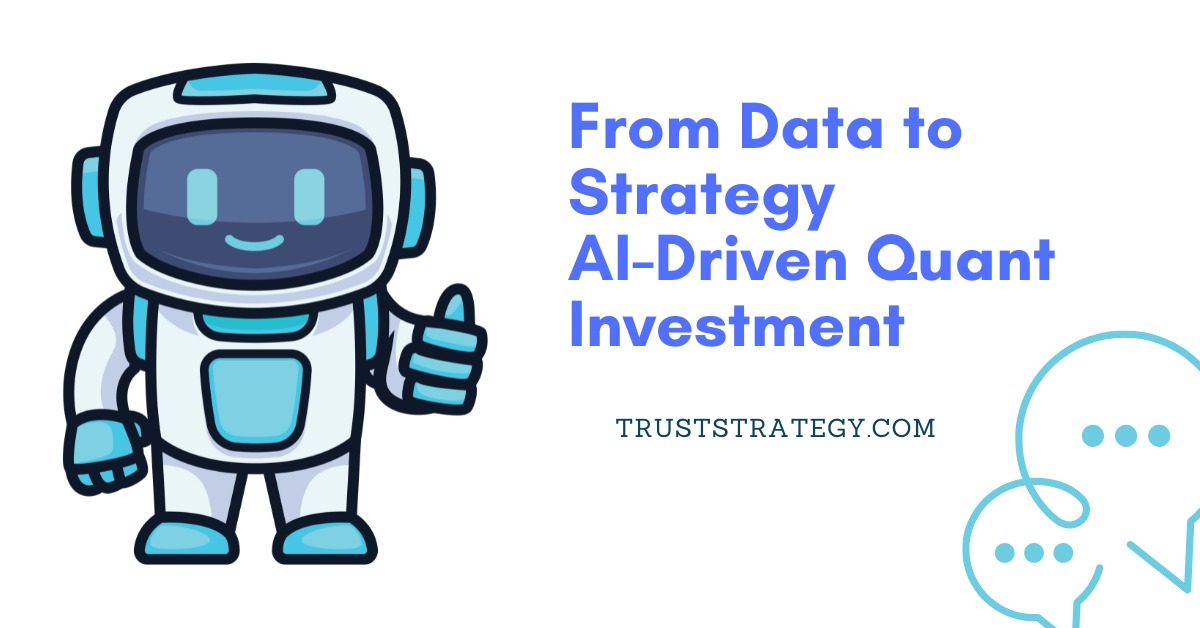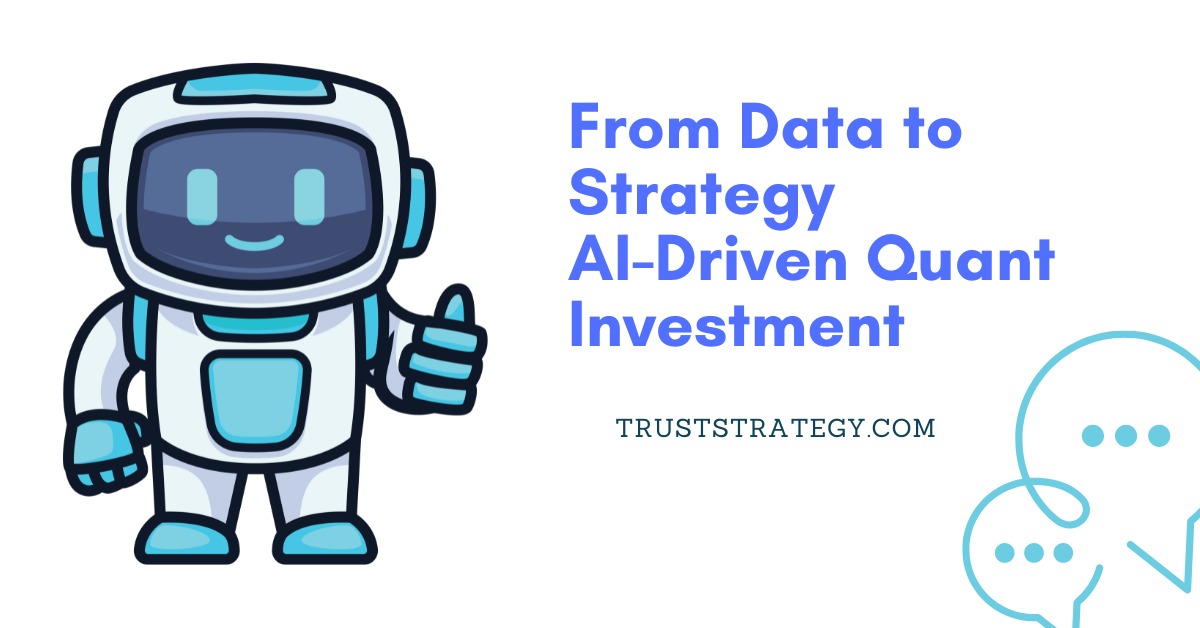
Total Value Locked (TVL) in the DeFi market has returned to pre-Terra Luna levels, thanks to Ethereum’s renewed momentum. With this growth, passive income opportunities through DeFi services like staking, lending, and yield farming are once again in focus. However, due diligence remains essential, as DeFi markets are still volatile and carry significant risks.
Platforms like HashStaking and GeekStake offer beginner-friendly access to DeFi staking and yield strategies, helping users earn passive income without diving deep into technical complexity.
What is DeFi?
Decentralized Finance (DeFi) refers to blockchain-based financial services that remove traditional intermediaries like banks. Built largely on Ethereum and other layer-1 blockchains, DeFi enables users to access tools such as decentralized exchanges, lending protocols, staking platforms, and yield-generating liquidity pools.
Smart contracts power this ecosystem—automated code that executes transactions under pre-set conditions. This structure provides transparency, permissionless access, and 24/7 functionality, all of which appeal to a growing number of crypto users.
DeFi Market Revival Fueled by Ethereum
At the peak of the 2021 bull run, DeFi’s TVL exceeded $178 billion. However, the collapse of Terra in 2022 and FTX later that year dragged the market down sharply, pushing TVL below $40 billion in 2023.
By August 2025, DeFi is showing signs of strong recovery. Ethereum’s growing institutional adoption, alongside regulatory clarity from laws like the US GENIUS Act, has boosted investor confidence. DeFiLlama reports current TVL at $134 billion, with market liquidity exceeding $267 billion and decentralized exchange volumes back above $10 million per day.
Earn Passive Income with Staking
Staking remains one of the most popular and beginner-friendly DeFi strategies. It involves locking up crypto assets on Proof-of-Stake (PoS) blockchains to support network operations. In return, stakers earn rewards in the form of new tokens or a share of transaction fees.
Platforms like HashStaking and GeekStake simplify the staking process for users by providing easy-to-use dashboards, flexible lock-in periods, and competitive reward rates. For instance, HashStaking supports Ethereum and Solana staking with clear timelines and yields, while GeekStake focuses on smart-chain integrations and lets users choose between fixed and dynamic rewards.
These platforms also reduce common barriers such as minimum staking requirements or the need to run a validator node, making them suitable for small-scale investors.
Yield Farming with Flexible Options
Yield farming offers higher returns than staking but carries more complexity and risk. It involves depositing pairs of crypto tokens into liquidity pools, where users earn incentives for supporting token swaps.
Platforms like GeekStake are incorporating yield farming features within a controlled environment. Users can access curated liquidity pools where returns are balanced against risk exposure, and protocols undergo smart contract audits for added security.
While not as high-yielding as some DEXs, these managed environments can deliver better reliability and peace of mind for users prioritizing passive income with fewer surprises.
Lending Still a Viable Option
Crypto lending enables users to deposit assets and earn interest from borrowers. Returns vary by token and platform, usually ranging between 3% and 15%. However, locking periods and borrower risks must be considered.
HashStaking offers hybrid staking-lending models where certain tokens can be staked while earning interest through decentralized lending pools. This dual model aims to combine the predictability of staking with the profitability of lending.
While lending is less promoted on GeekStake, the platform does offer integration with external DeFi protocols, enabling users to access additional income streams through third-party lending protocols if desired.
Why Choose HashStaking and GeekStake?
HashStaking and GeekStake provide distinct advantages for those new to DeFi income strategies.
HashStaking Highlights:
- Supports major assets like ETH, SOL, and AVAX
- Offers flexible staking durations (7 to 90 days)
- Transparent performance dashboard
- Automatic compounding for enhanced returns
- Regulated staking pools and audit transparency
GeekStake Highlights:
- Supports multiple chains (ETH, BSC, Polygon)
- Offers both fixed and flexible staking terms
- Built-in risk assessment tools
- Lower entry barrier for new users
- Roadmap includes tokenized reward credits
Avoiding Risks in DeFi
DeFi offers impressive potential, but it’s not without risk. Users must be aware of key threats and how platforms like HashStaking and GeekStake address them.
Impermanent Loss
Liquidity providers may experience impermanent loss when token prices change during farming. While GeekStake mitigates this by offering single-token yield options, users should still be aware of this risk if joining dual-token pools.
Rug Pulls
Projects with low credibility can vanish with user funds. Both HashStaking and GeekStake reduce this risk by publishing detailed documentation, undergoing smart contract audits, and avoiding meme-token-based pools.
Hacks
Without the insurance and regulation seen in TradFi, DeFi platforms are vulnerable to hacks. HashStaking uses multi-signature wallets and security audits, while GeekStake incorporates automatic withdrawal limiters during abnormal activity, providing a safety layer against rapid exploitation.
Conclusion
For crypto beginners seeking passive income in 2025, DeFi staking and yield strategies offer strong potential—especially when using user-friendly platforms like HashStaking and GeekStake. These platforms remove many of the entry barriers found in raw DeFi protocols, allowing newcomers to participate in decentralized finance with lower risk and greater convenience.
While returns vary and risks remain, informed decisions and trusted platforms can help you put your crypto assets to work. As the DeFi market matures, tools that combine simplicity, transparency, and safety will become increasingly valuable—and HashStaking and GeekStake are among the platforms leading that evolution.





